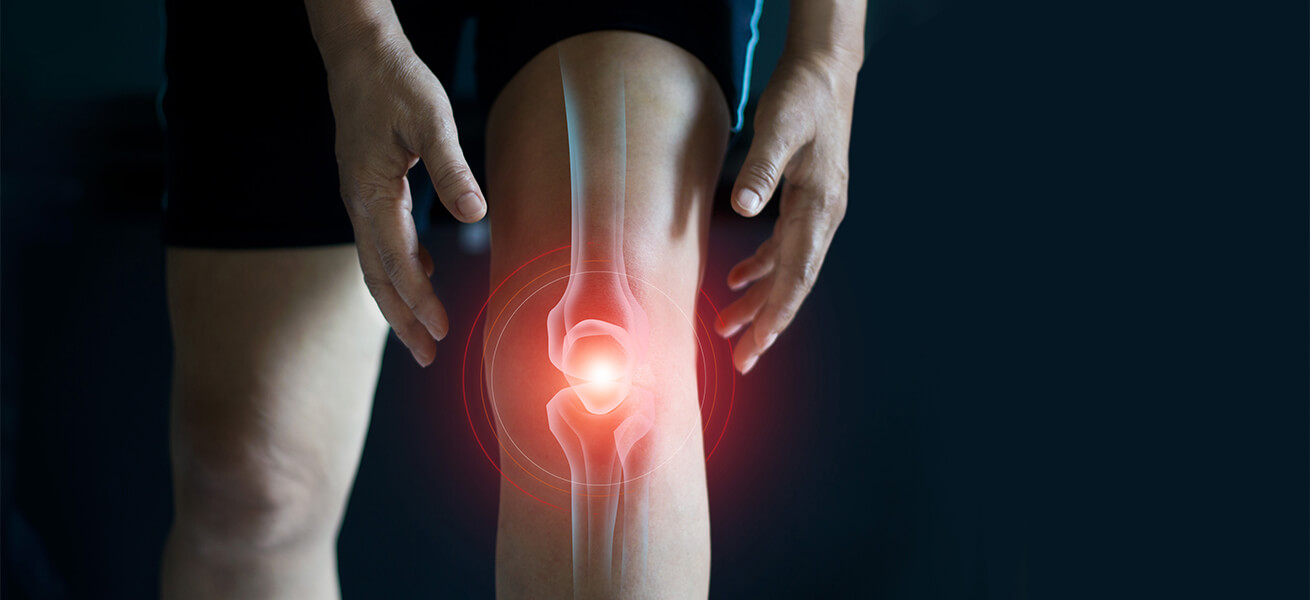Stabilizers of the knee
How the cruciate ligament gives support to the joint
Especially in professional soccer, you hear it all the time. One player ruptures his cruciate ligament and will be out for the next six months. However, cruciate ligament rupture is not only an imminent risk for professional athletes; for many amateur athletes, cruciate ligament rupture is also one of the greatest dangers. In Germany, a cruciate ligament tears approximately every six and a half minutes, more than 80,000 times a year. A loud crack, almost like the sound of a rope snapping, accompanied by a sharp pain and there it is. In most cases, about 70 percent, it hits the anterior cruciate ligament, which is then partially or even completely torn. In medical terms, this is known as a cruciate ligament rupture.
The knee joint consists of several ligaments. The anterior and posterior cruciate ligaments, which cross centrally (hence the name), form the heart of the joint. Together with the collateral ligaments, they prevent overextension or overstretching and are thus exposed to high loads. Women are often affected more often by a tear of the cruciate ligament, because their ligaments have a smaller diameter than those of men and therefore carry a higher risk. The cruciate ligament plays a crucial role within our knee joint, acting like an early warning system. As soon as it senses a dangerous shift, the cruciate ligament sends an impulse towards the spinal cord, whereupon the surrounding protective and stability muscles are brought into position. Without these signals, a protective response usually occurs too late.
However, patients often react too late to a cruciate ligament tear or do not even recognize it as such, but dismiss it as a sprain, for example. No flexibility of movement, gait instability, severe pain inside the knee, swelling of the joint or even a bloody effusion are typical signs of a cruciate ligament tear. Often, the correct diagnosis is not made until many years later.
In many cases surgery is useful and necessary, read more here. From time to time, however, this can be circumvented by immobilizing the affected knee joint with a suitable splint, as well as anti-inflammatory medication. With an accompanying training for the strengthening of the leg muscles, you regain stability and security in the knee. However, the healing process may take some time. Professional athletes are often fit again after half a year, but for recreational athletes the rule is a year’s break to avoid exposing the knee to further danger.







